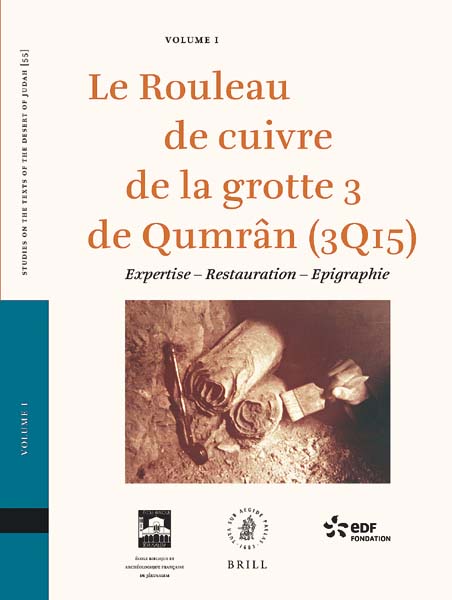
The so-called Copper Scroll, in many ways the most enigmatic of the hundreds of manuscripts found in the caves near Khirbet Qumran, was discovered by a team of archaeologists in March 1952. Because the two corroded metal cylinders were too brittle to unroll and resistant to the techniques developed for opening leather scrolls, it was eventually decided that they would have to be cut into longitudinal strips, which could then be removed layer by layer. This work was done in England in the winter of 1955–1956 at the University of Manchester, where the outside of each roll (that is, the side opposite the engraved surface) was coated with an adhesive material as a necessary precaution against breakage. The result was 23 segments of metal, which were then returned to Jordan for study and display.
Already a library member? Log in here.
Institution user? Log in with your IP address.

